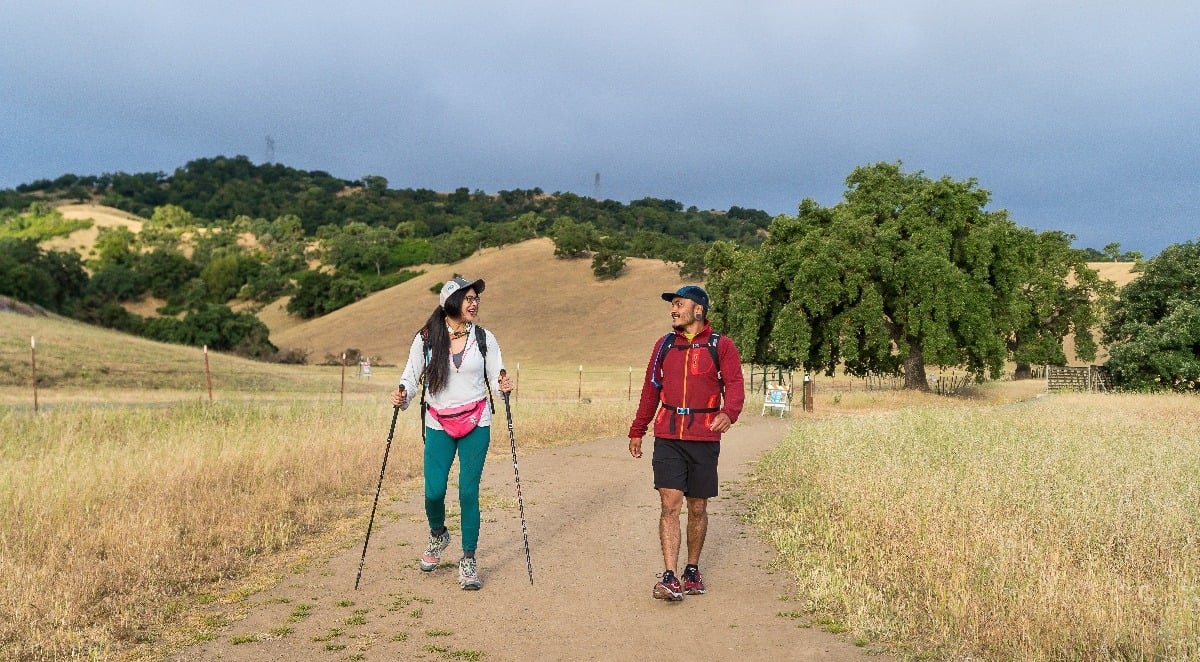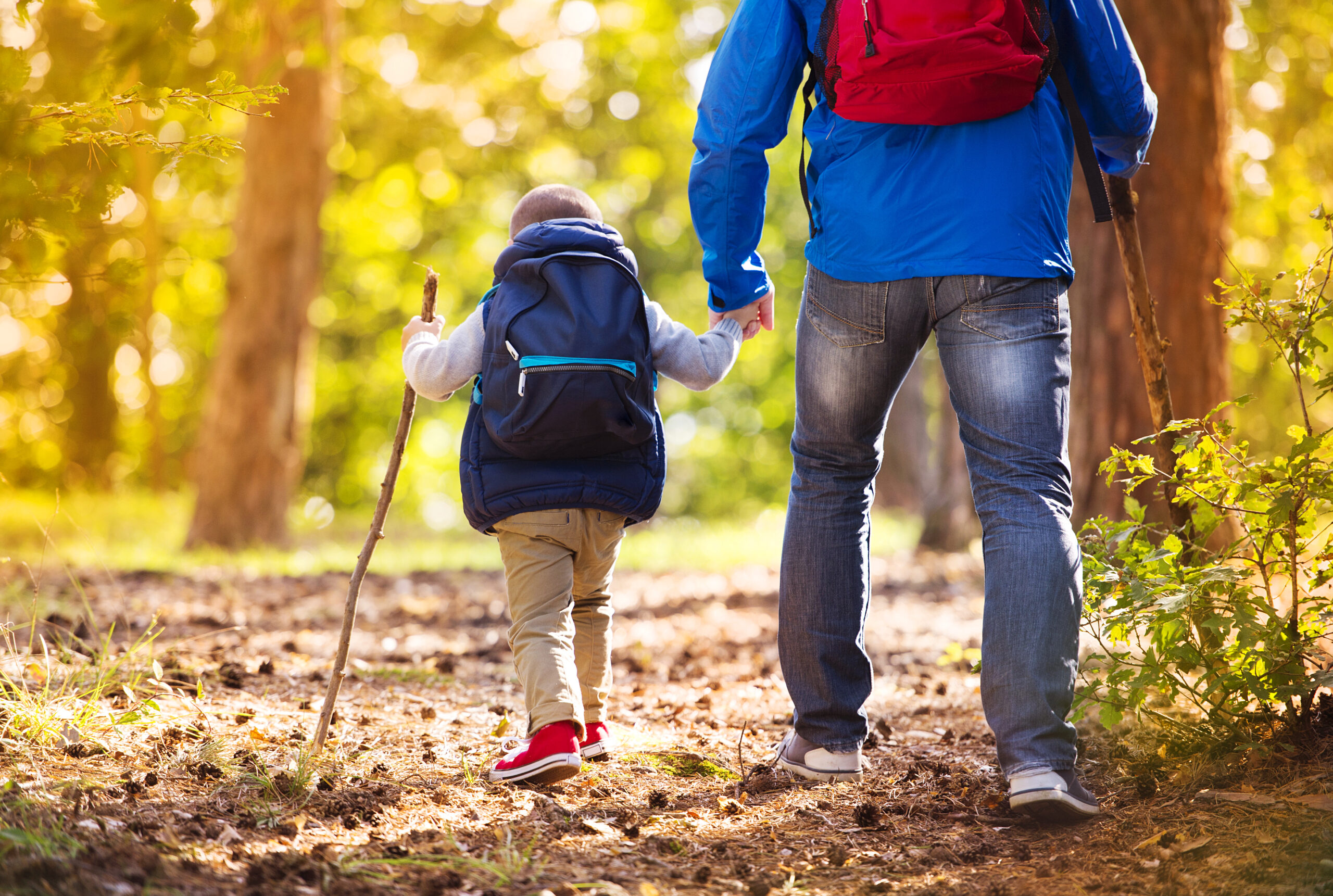With spring just around the corner, it’s time to start planning your hiking trips for the upcoming season. Spring is a great time to hit the trails because of the mild weather conditions and stunning scenery that comes with this season. However, before you head out on your next adventure, there are some essential tips and tricks that you need to know to stay safe and prepared on the trail. In this blog post, we will cover everything from what to expect in the springtime to how to dress appropriately, pack essentials, navigate safely, and practice eco-friendly hiking principles.
What to Expect When Hiking in Spring
The first thing you should know about spring hiking is that the weather can be unpredictable. Temperatures can fluctuate quickly, so make sure to check the forecast ahead of time and plan accordingly. You may also encounter muddy or wet terrain due to melting snow and rain, which can make footing slippery and treacherous. Be aware of potential hazards such as fallen trees or branches, and watch out for wildlife, especially if you’re hiking in areas where bears or other animals may be active.
Summer Hiking Tips: Staying Cool and Hydrated on the Trail
When temperatures rise during the summer months, it’s crucial to take steps to keep yourself cool and hydrated while hiking. Wear lightweight clothing made from breathable fabrics, and bring plenty of water and electrolyte drinks to stay hydrated. Consider bringing a portable fan or misting system to help keep you cool when you stop for breaks. It’s also important to avoid hiking during peak heat hours, typically between 10 am and 4 pm, when possible. Instead, opt for early morning or late afternoon hikes when temperatures tend to be lower.
Winter Hiking Tips: Dressing for Cold Weather and Slippery Conditions
If you’re planning to hike during the winter months, you’ll need to adjust your gear and clothing accordingly. Start by investing in high-quality warm layers, including a wicking base layer, insulating midlayer, and waterproof outer shell. Make sure to wear appropriate footwear with good traction to prevent slipping on ice or snow. Bring along hand warmers, gloves, and a hat to protect against frostbite, and always carry a fully charged phone or personal locator beacon in case of emergencies.
Hiking Safety and Preparedness: Essential Gear, First Aid Kits, and Navigation Techniques
No matter what time of year you’re hiking, safety should always be your top priority. Before setting out on any trip, make sure to research the area thoroughly and share your planned route with someone who isn’t joining you. Pack essential gear like a map, compass, whistle, flashlight, and multi-tool, and bring a first aid kit with supplies for common injuries like blisters, cuts, and sprains. Know basic navigation techniques like using landmarks and recognizing patterns in the landscape to help you find your way back to civilization if necessary.
Eco Friendly Hiking Tips: Leave No Trace Principles and Sustainable Practices
As an environmentally conscious hiker, it’s essential to practice leave no trace principles and sustainable practices whenever you hit the trails. This includes minimizing your impact on the natural world by sticking to established trails, carrying out all trash, leaving behind only footprints (and maybe even taking a few pics), respecting wildlife habitats, and conserving resources like water and fuel. By practicing these simple yet effective habits, you can help preserve our beautiful natural spaces for generations to come.
In conclusion, whether you’re heading out on a spring, summer, winter, or fall hiking trip, following these tips and tricks can help ensure a safe and enjoyable experience. Remember to always prepare adequately, dress appropriately, bring essential gear, practice good navigation skills, and prioritize environmental conservation. Happy trails!




